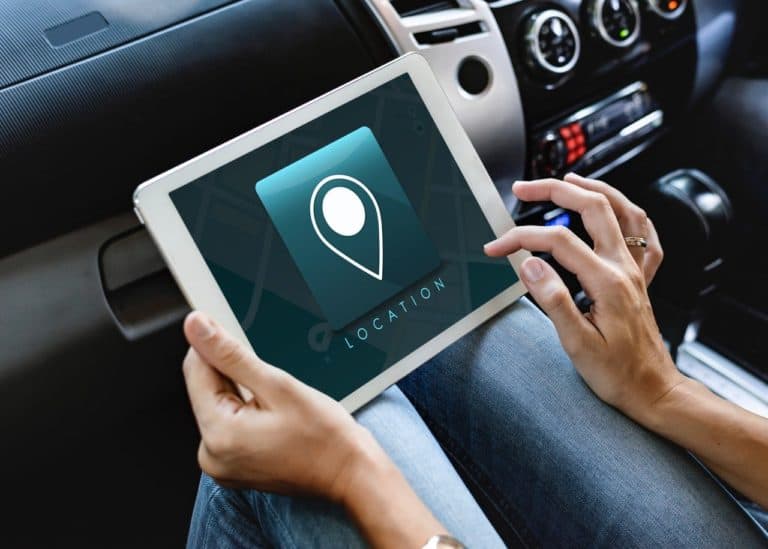Huawei has recently announced that it has presented the world’s first 5G hardware for the automotive industry. With the now launched hardware, a module on the own 5G chipset Balong 5000, it will be possible for car manufacturers to incorporate self-driving technology in their cars.
Despite the continuing fuss surrounding the Chinese manufacturer, the manufacturer does not seem to care about this and continues to introduce new technology, especially for 5G.
According to Venturebeat, the latest technology is the MH5000 module presented at the Shanghai car show, which will provide cars with the right technology to make the self-driving car possible on the basis of 5G connectivity. The core of the module is the 5G chipset Balong 5000, which was developed by the Chinese manufacturer.
Stimulus for the self-driving car
Specifically, the module will ensure that manufacturers, by incorporating the module during the manufacturing process, already prepare their future models for self-driving functionality. With the arrival of 5G it is expected that the self-driving and connected car will become one of the most important use cases of the most recent mobile technology.
With the arrival of this module and integrated chipset, the Huawei expects that car manufacturers will be able to embrace the concept of the self-driving car faster and with better quality. In addition, the manufacturer indicates that in the second half of this year the 5G technology for the automotive industry will be exploited even more commercially.
Already active in China
Huawei itself has for some time been busy optimising 5G technology for commercial applications within the automotive industry. The Chinese company already has collaborations in smart city projects in Shanghai, home base Shenzhen and Wuxi, among others. Deals with Chinese car manufacturers such as FAW, Dongfeng and Changan already exist.
This news article was automatically translated from Dutch to give Techzine.eu a head start. All news articles after September 1, 2019 are written in native English and NOT translated. All our background stories are written in native English as well. For more information read our launch article.